Invasives
Invasive, noxious, non-native- what’s the difference?
Invasive weeds are plants that dominate an ecosystem and spread rapidly once established, outcompeting native species, changing the composition of the habitat, and reducing overall biodiversity. According to the Intergovernmental Science-Policy Platform on Biodiversity and Ecosystem Services (IPBES), invasive species play a role in 60% of global plant and animal extinctions.
The term ‘noxious’ refers to a designation by a tribal, local, state, or federal authority of a plant as ‘injurious to public health, agriculture, recreation, wildlife or property’. The label allows land managers and owners to take action to curb or eradicate the species.
‘Non-native’ plants are plants from outside the given habitat; they are often invasive as they usually lack natural enemies and/or barriers to acquiring resources in their habitat. They can be planted intentionally, as in ornamental use, or accidentally through transport. Following the “Ten Percent Rule”, 10% of a given amount of non-native species introduced to a new habitat will survive, and 10% of these survivors will dominate (thus 1% overall). However, those that do dominate inflict incredible damage. Nevertheless, not every introduced species will have selective advantages over native flora and fauna and may work quite amiably in the habitat. Likewise, some native species can be considered invasive if they reproduce aggressively, overtake resources, and/or otherwise destabilize the ecosystem.
Specially regulated species, such as the Amur maple, have unique restrictions. They may be native and hold economic value, such as in ornamental settings, but they present environmental concerns and require specific management plans.
See below for a helpful graphic:
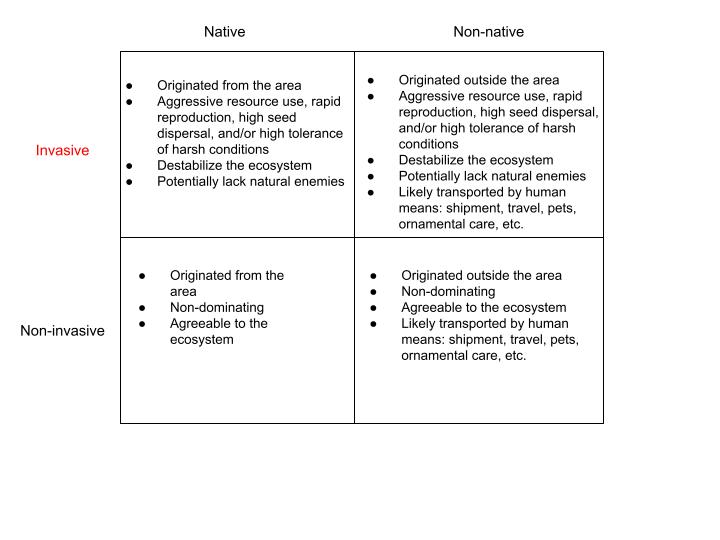
Invasives ID
Below are our most common invasives. Note: unless you have experience in removing non-native species, please do not attempt to eradicate them yourself. Not only may you accidentally spread the seed, but you may injure yourself, as a number of invasives are irritable or even toxic.
You can help expand this list by exploring the Natural Lands and adding observations to iNaturalist!
Garlic Mustard (Alliaria petiolata)
Photo Credit: Tony Atkin, CC BY-SA 2.0
Key characteristics: Coarsely toothed, kidney-shaped leaves (no more than 3 inches long and wide) that emit garlicky odor when crushed; flowering stalks have alternate, coarsely toothed leaves. Second year sees clusters of four-petaled white flowers. 1-2.5-inch slender seed pods contain a single row of many oval, black seeds.
Habitat: Moist, shaded areas such as floodplain forests and deciduous woods, and along trails/roads/fences; can tolerate full sun
Flowering Season: May-June
Birdsfoot Trefoil (Lotus corniculatus)
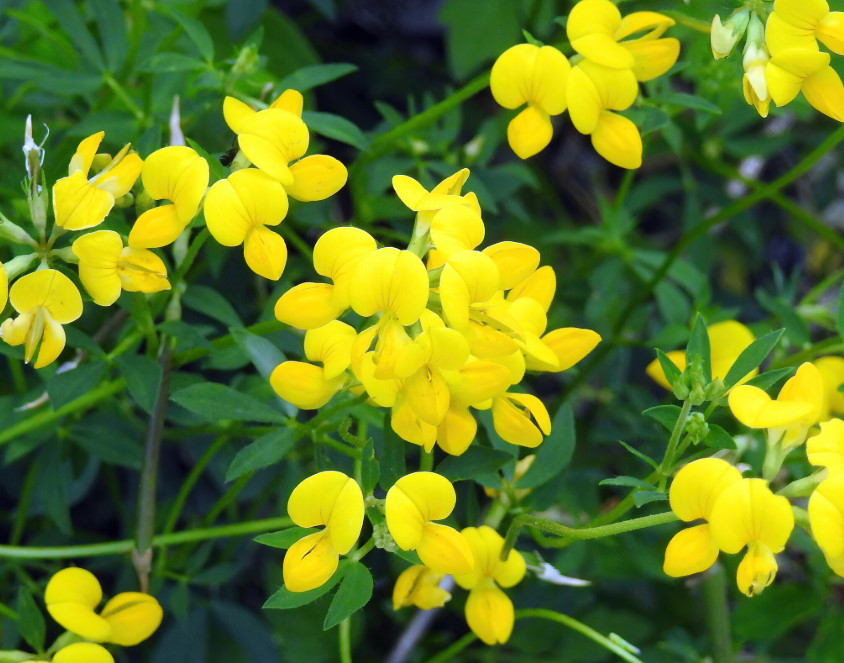
Photo Credit: Scot Magnotta, CC BY-NC 4.0
Key characteristics: Bright yellow flowers ½-inch long with upper petal erect and rounded at tip, clustered in groups of 3-12; compound leaves in groups of three extending from a stalk as long as the leaflets; leaves are dark green, oval or oblong, toothless and usually hairless, and widest at or above middle with pointed tip, tapering to base, from which egg-shaped outgrowths (stipules) nearly as large as the leaflets grow.
Habitat: Prairies and disturbed areas with full sun (often in ditches, waste areas, lawns, etc.); can adapt to a range of soil moistures
Flowering Season: June-August
Spotted Knapweed (Centaurea stoebe)
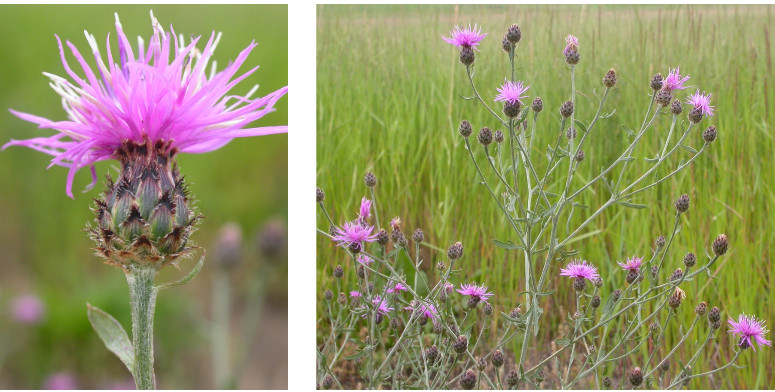
Photo Credit: Matt Lavin, CC BY-SA 2.0
Key characteristics: Thistle-like pink to purple flower heads, with long, narrow ray flowers on the outside and disk flowers in the flower’s center. Stems are stiff, hairy, and ridged. Leaves grow close to the ground in a clump in the first year and protrude as alternate, basal, gray-green to blue-green, deeply incised blades from the stem in the second year. Spotted Knapweed grows 2-3 feet tall.
Habitat: Prefers dry, sandy soils and sun; common along edges of native prairie, forests, fields, gravel pits, roads, railways, trails, and other disturbed areas
Flowering Season: June-October
Crown Vetch (Securigera varia)
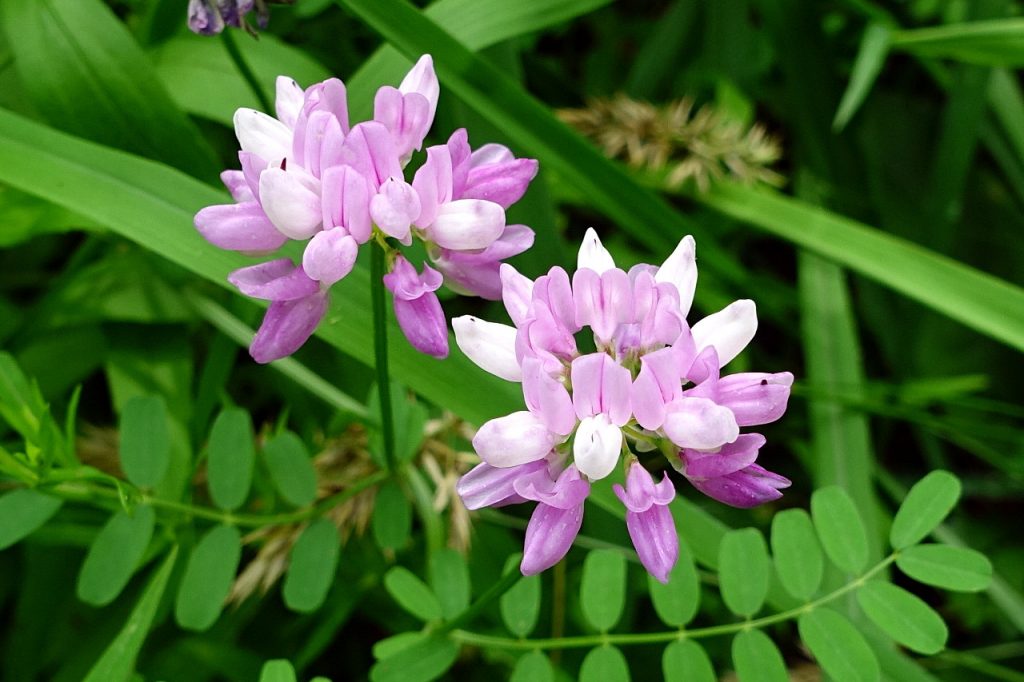
Photo Credit: Peter Friedman, CC BY-NC-SA 4.0
Key characteristics: Crown vetch flowers are composed of 1-inch round clusters (umbels) of 25 starburst-like light pink petals. Leaves are evenly compound, with 12 to 25 green leaflets, oval-shaped with a sharp point at the tip. Flower stalks are long and hairless. Stems are 2-6 feet long, low and spreading from base.
Habitat: Partial shade to full sun; along fields, woodlands, pastures, roads, prairies, dunes, and streambanks
Flowering Season: May-September
Amur Maple (Acer ginnala)
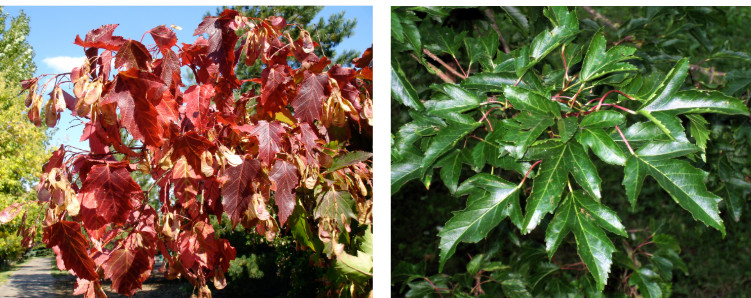
Photo Credit: Daryl Mitchell (left), Anonymous (right), CC BY-SA 2.0
Key characteristics: Simple opposite leaves are 3-lobed, palmate, and double-toothed, with the center lobe being much wider than the outside two. Leaves are dark green until fall, when they turn yellow or red. Branches are slender, grayish-brown, and smooth. Bark is moderately furrowed. Shrub grows 15-20 feet tall with a spreading, irregular crown. Fruit is a pair of 1 to 1 ¼ inch samaras.
Habitat: disturbed areas; urban and suburban landscapes; early successional forest, savanna, and open woodlands; tolerates full sun to partial shade and a range of soil moisture levels
Flowering Season: April-May
Western Poison Ivy (Toxicodendron rydbergii)
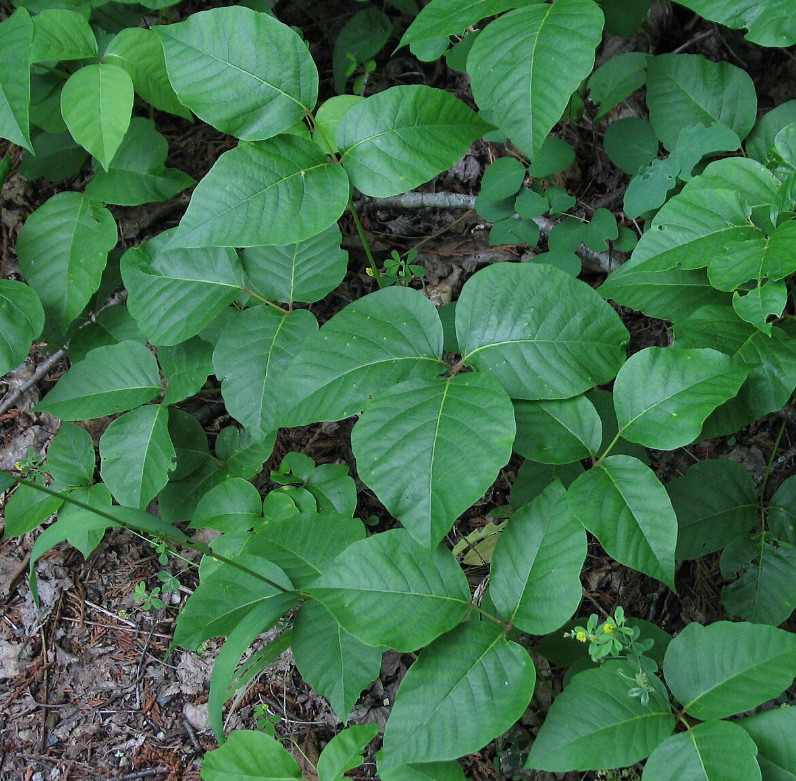
Photo credit: Robert Flogaus-Faust, CC BY 4.0
Noxious Native: if the area is not heavily trafficked, don’t remove
Key characteristics: Compound oval/egg-shaped leaves in groups of three, the end leaflet usually the only one stalked and the largest, so that all three form a T. Leaves can grow to be 6 inches long and 4 inches wide. Leaf groups on a plant are drooping and attached alternately to main woody stem. Leaves are hairless and untoothed or minutely toothed. Greenish-white flowers with yellow stamens extend in clusters from leaf axils. Poison ivy is an example of an invasive native (it was not brought from outside the area).
Habitat: Both dry and wet woodlands; riverbanks, streambeds, and marshes; disturbed areas (railroads, fence posts, urban settings); partial shade or full sun
Flowering Season: June-July
CAUTION: Poison ivy is a dermal irritant. Keep an eye out for it primarily in mature hardwood forests (but also in native prairies, suburban and urban areas, and along neglected corridors).
White Sweet Clover (Melilotus albus)
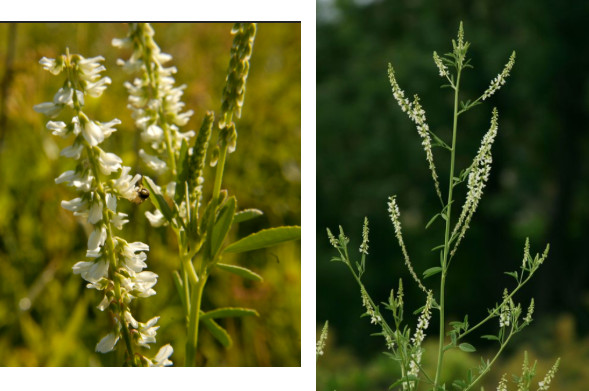
Photo Credits: Frank Mayfield (left) and Christophe Bornand (right)
Key characteristics: May grow tall and lanky or squat and bushy. Oblong gray-green leaves, rounded in the middle and wedge-shaped at the base, grow in groups of 3, sparsely distributed along stems. Leaves are slightly toothed and hairless. Middle leaflet has its own petiole. At the base of each leaf stalk is a pair of stipules (appendages) 3/8-inch long. Spike-like racemes of white flowers grow densely along branching stems. Stems are hairless and often ridged. Individual flowers are 1/4 inch long, pea-like, and drooping. Fruit is an oval pod with very short veins and 1-2 seeds.
Habitat: Open, sunny, disturbed areas with dry to moist soil such as roadsides, railroads, gravel pits, old fields, weedy meadows; also, prairies, shores, river banks, and woodland edges
Flowering Season: June-October
Yellow Sweet Clover (Melilotus officinalis)

Photo Credits: Anita Gould (left) and Peter Friedman (right), CC BY-NC 4.0
Key characteristics: May grow tall and lanky or squat and bushy. Alternate, gray-green leaves grow in groups of 3 and are diamond-shaped to lance-oblong, rounded in the middle and wedge-shaped at the base. Leaves are slightly toothed and hairless. Stems are hairless and often ridged. At the base of each leaf stalk is a pair of stipules (appendages) 3/8-inch long. Middle leaflet has its own petiole. Spike-like racemes of yellow flowers grow densely along branching stems; individual flowers are 1/4 inch long, pea-like, and drooping. Fruit is an oval pod with irregular, elongated veins and 1-2 seeds.
Habitat: Full or partial sun on disturbed, heavy soil; moist to mesic conditions; old fields, prairies, roadsides, railroads, gravel pits, weedy meadows, vacant lots, shores, river banks, woodland edges. Also thrives in high-quality habitat and in fire-affected settings.
Flowering Season: June-September
Erect Hedge Parsley (Torilis japonica)
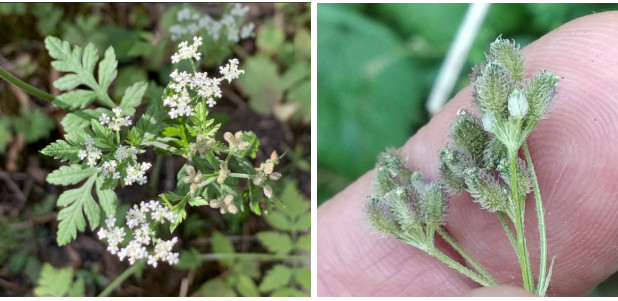
Photo Credits: Janet Elliott (right), Aleksander Levon (left), CC-BY-NC
Key characteristics: Erect Hedge Parsley (a.k.a Japanese Hedge Parsley) is a 2-6 foot tall biennial. The plant’s first-year low-growing rosette stays green through late fall. Once it flowers, it sports 1.5-2 inch umbels, each with a few, small, narrow bracts at base. On these umbels cluster ⅛-in-wide white flowers with 5 notched petals of unequal size and a pink-tinged stem. 5-inch-long alternately attached compound leaves with stiff white hairs grow in groups of 3-5. They are feathery and deeply divided, except near the very tip of each leaf. Stems are erect and ridged. Erect Hedge Parsley has bristly brown fruit with little hooked hairs. The plant is very open early in the season but becomes more branched as it matures.
Habitat: Open woodlands, hedge rows, roadsides, and waste sites in addition to degraded or high-quality grasslands; withstands full sun, partial shade, and full shade
Flowering Season: July-August
Can you tell the difference?
Below are our invasives that have a common non-invasive look-alike. Note similarities and distinctions.
Creeping Bellflower (Campanula rapunculoides) (REMOVE) vs American Bellflower (Campanulastrum americanum) (KEEP)
Photo Credits: Peter O’Connor (left) and Mary Crickmore (right)
Key differences: Both plants have alternate, slightly hairy, rough-textured, and coarsely toothed lance-like leaves, have five-lobed flowers, and produce a milky “sap” when broken. Creeping Bellflower flowers consist of nodding bells with pointed violet lobes that bloom on only one side of the stem, however. American Bellflower, meanwhile, produces not purple bells but blue star-shaped flowers with a white center ring that bloom on all sides of the stem. Creeping Bellflower also has a very extensive, spreading root system, a big reason it is so problematic.
Habitat and Flowering Time
Creeping Bellflower: Shade or sun; disturbed areas, such as roadsides; deciduous woods and fields of mesic conditions, with loamy soil. Flowers June-October.
American Bellflower: Partial shade; moist open woods or meadows, shady streambanks, thickets; mesic to wet conditions with rich, loamy soil. Flowers July-September.
Reed Canary Grass (Phalaris arundinacea) (REMOVE) vs Canada Bluejoint (Calamagrostis canadensis) (KEEP)
Photo Credits: iNat user jdmd264 (first), Olivia Hebblewhite (all photos: second, third, and fourth slides)
Key differences: Reed canary grass is much taller, growing to be 6 feet tall while Canada bluejoint does not exceed 5 feet. Reed canary grass also has a more prominent midvein on the upper side of its leaf blade. The invasive’s blades are larger at 10-20 mm wide, and quite evenly spaced, while the native’s blades are 2-10 mm wide. Reed canary grass has overlapping stem sheaths near the ligule (where the stem meets the sheath), and ligules are thin and translucent, while Canada bluejoint’s ligule is robust.
Habitat and Fruiting (Seeding) Time
Reed canary grass: Partial shade to sun; moist (though it can tolerate dry) soil in wetlands, fields, and woods; along roadside ditches. Fruits late spring to early summer.
Canada bluejoint: Partial to full sun; moist or wet soil of loam, clay, silt, or sand; sedge meadows, marshes, bogs, fens, swales, prairie. Fruits July-August.
Round-leaf Bittersweet (Celastrus orbiculatus) (REMOVE) vs American Bittersweet (Celastrus scandens) (KEEP)
Photo Credits: iNat user spooktown (first) and iNat user dj_lil_bluestem (second), CC-BY-NC
Key differences: Round-leaf Bittersweet is a woody, twining, 10-60 foot vine. It has alternate, glossy dark green leaves (turning yellow in autumn) with toothed edges and sparsely hairy undersides, nearly as wide as they are long, with a heart-shaped base. This plant has cup-shaped flowers and roughly textured bark. The main differences between Round-Leaf Bittersweet and American Bittersweet are that Round-leaf flowers are greener, narrower, and have white pollen while American flowers are wider and show yellow pollen. Also, Round-Leaf fruits are usually yellow, while American fruits are orange or red. Lastly, American Bittersweet’s fruits and flowers tend to grow in one large cluster at the end of each stem while those of Round-Leaf will grow along the stem from leaf axils.
Habitat and Flowering Time
Round-leaf bittersweet: Partial shade or sun; woodland edges, fence rows, old fields, thickets. Flowers May-June.
American bittersweet: Partial shade or sun; woodland edges, fields, prairies, thickets. Flowers May-June.
Common Buckthorn (Rhamnus cathartica) (REMOVE) vs Various Prunus (Chokecherry, American plum, etc.) (KEEP)
Photo Credits: K. Chung (first) and Jessie Crow Mermel (second), CC BY-NC 4.0, Rebecca Jimenez Husted (third), CC BY-NC-ND 2.0
Key differences: While the berries of both Buckthorn and its look-alikes are usually dark and round, Prunus species have glands on the leaf petioles. Also, Prunus leaves are alternate, oblong-elliptic or ovate, and usually more pointed than Common buckthorn, while Common Buckthorn leaves are sub-opposite and egg-shaped. Finally, Common Buckthorn leaves have veins that curve as they approach the leaf margin (arcuate venation).
Habitat and Flowering Time
Rhamnus c.: Full shade, partial shade, or sun; at disturbed edges such as fence rows, roadsides, and waste areas; dry to moist woods. Flowers June-July.
Prunus: Temperate regions; partial shade, shade, sun; forests, shrublands, fields, riverbanks, roadsides. Different species flower at different times from spring to summer.
Wild Parsnip (Pastinaca sativa) (REMOVE) vs Golden Alexanders (Zizia aurea) (KEEP)
Photo Credit: JD Youngfox (first), Christophe Bornand (second, CC BY-NC 4.0, Derek Ramsey (third), CC-BY-SA-2.5,2.0,1.0
Key differences: Stems of Golden Alexander are smooth and shiny, while those of Wild Parsnip are ridged. Both plants have compound leaves and yellow flower umbels. However, Wild Parsnip has groups of 5-15 large, directly opposite, coarsely toothed leaflets while Golden Alexander has groups of three 2-3 inch finely toothed leaflets. Finally, Golden Alexander rarely exceeds three feet, while Wild Parsnip can grow to be six feet tall!
Habitat and Flowering Time
Wild Parsnip: Sun; mesic to moist soil; wet meadows, open fields, and ditches. Flowers June-July.
Golden Alexanders: Partial shade to sun; fertile fields, thickets, and woods; along streams. Flowers May-July.
CAUTION: Wild Parsnip is a major dermal irritant. Skin exposed to toxins in the sap will develop painful blisters and burns under any sunlight, a condition called “phytophotodermatitis”. Use PPE if and when removing it.
Queen Anne’s Lace (a.k.a Wild Carrot) (Daucus carota) (REMOVE) vs Poison Hemlock (Conium maculatum) (REMOVE, POISONOUS) vs Water Hemlock (Cicuta maculata) (POISONOUS, MAY KEEP)
Photo Credit: Jay Heiser (first slide, right) Peter Friedman (first slide, left), Amanda Kat (second slide, left), Alexander Baransky (second slide, right), Byron Murray, third slide, CC BY-NC 4.0
Key Differences: The leaves of all three are compound and deeply divided, and they share umbels of 5-petaled white flowers. However, those leaves of Queen Anne’s Lace are gray-green, slightly hairy, very skinny, and feather-like; those of Poison Hemlock are dark green, hairless, and triangular. Poison Hemlock’s leaves divide 2 to 4 times into wide, fern-like leaflets. Water Hemlock’s leaves divide 1 to 3 times into 1 to 4-inch-long narrow-toothed leaflets. Water Hemlock’s leaves are more pointed than its hemlock twin. Most notably, Water Hemlock’s leaflet veins run out from the central vein to the notch of the leaf’s teeth rather than the tip, and the plant has a hollow, bulbous root. Stems of both hemlocks are hairless and purple-spotted; stems of Queen Anne’s Lace are very hairy and ribbed. Both hemlocks have no bracts, while, at the base of the flowers, Queen Anne’s Lace’s has prominent umbel bracts lobed into long, skinny segments that curl like lace. Queen Anne’s Lace’s umbels cave upward and in, seeming to close shut, on the plant when approaching the end of its flowering. Finally, Water Hemlock grows 3 to 6 feet tall and Poison Hemlock grows 8 to 10 feet tall, while Queen Anne’s Lace only grows 2 to 3 feet tall.
Habitat and Flowering Time
Queen Anne’s Lace: Partial shade to sun; mesic to dry conditions; open fields and woodland edges; overgrown thickets, lawns, pastures; roadsides and waste areas. Flowers June-September.
Poison Hemlock: Full sun with moist soil (can tolerate dry soil); marginal, disturbed areas like roadsides, utility corridors, ditches, fence rows, abandoned fields, railroads; also, streams, meadows, marshes, and wetlands. Flowers June-August.
Water Hemlock: Prefers full sun (tolerates partial shade) near water; along ditches, streambeds, pond edges, swamps, fens, and the low-lying, wet areas of pastures and meadows. Flowers June-August.
NOTE: Both Queen Anne’s Lace and Poison Hemlock are non-natives and considered noxious weeds in Minnesota, and in fact Poison Hemlock is prohibited/restricted. Water Hemlock, while poisonous, is native. If not threatening humans and animals, Water Hemlock may be left alone.
CAUTION: All parts of Poison Hemlock and Water Hemlock are toxic, often inducing dermal irritation and fatal if ingested. Both hemlocks can kill sheep, cattle, and horses in 15 minutes to a matter of hours and cause reproductive defects. Take extreme care when removing.
Dame’s rocket (Hesperis matronalis) (REMOVE) vs Prairie phlox (Phlox philosa) (KEEP) and Woodland phlox (Phlox divaricata) (KEEP)
Photo Credit: Peter Friedman (first), Mark Kluge (second), and Aaron Lincoln (third), CC BY-NC 4.0
Key differences: Dame’s rocket has four petals while Prairie phlox and Woodland phlox have five. Plus, Dame’s rocket leaves are alternate; both the natives’ leaves are opposite.
Habitat and Flowering Time
Dame’s Rocket: Full shade, partial shade, or sun; open, moist or mesic woodlands or plains; disturbed edges, such as woodland boundaries, thickets, roadsides, railroads, ditches, streams, or waste sites. Flowers May-July.
Prairie Phlox: Partial to full sun; open, dry prairies and woods. Flowers May-July.
Woodland Phlox: Partial or full shade; dense woodlands. Flowers April-June.
Asian Honeysuckles (Lonicera sp.) (REMOVE) vs Native Bush Honeysuckles (Diervilla sp.) (KEEP)
Photo Credit: Eric Hunt (first slide, left) and Biodiversity Heritage Library (first slide, right), Avery Allert (second slide), CC BY-SA 2.0
Key differences: Native bush honeysuckles, such as Northern Bush Honeysuckle, have solid piths, usually white, while nonnative honeysuckles have hollow stems with a brownish pith.
Honeysuckles can be difficult to distinguish. All produce red to orange berries. Native and non-native varieties may have leaves toothed or toothless, fine-haired or hairless, and egg-shaped to lance-elliptic. Flower color is variable as well (e.g Northern Bush Honeysuckle has pale yellow to orangish-red flowers, while the Amur Honeysuckle has white flowers).
Habitat and Flowering Time
Amur Honeysuckle: Partial shade to sun; marginal, disturbed areas; fields, forests. Flowers May-June.
Northern Bush Honeysuckle Habitat (native honeysuckles vary): Partial to full shade to full sun; dry, rocky, and/or sandy conditions; thickets, woodlands, slopes, fields, ridges, bluffs. Flowers June-July.
Creeping Thistle (Cirsium arvense) (REMOVE) and Bull Thistle (Cirsium vulgare) (REMOVE) vs Field Thistle (Cirsium discolor) and other native thistles (KEEP)
Photo Credits: Hedera Baltica (first slide, left) and Olivia Hebblewhite (first slide, right), Ron Clausen (second), Olivia Hebblewhite (third and fourth slides), CC BY-SA 2.0
Key differences: Both invasive thistles have very spiny, deeply lobed leaves, produce large purple flowers and dark green leaves, and grow to be 2-6 feet tall (Field thistle: 3 to 7 feet). However, Creeping thistle has spines neither under the flower heads nor on the main stem while Bull thistle has spikes (“wings) on the bracts and covering all the stems. Additionally, Creeping thistle has smaller flowers (1-2 cm wide) and leaves. Bull thistle leaves are broad, and reddish-purple, star-like flowers are 4-5 cm wide. The leaves of Field thistle are minutely spiny but stems are not; most importantly, the underside of most native thistles’ leaves, including Field thistle, are white and densely covered in small, fine hairs. Field thistle’s bracts also distinguish it: they are green with a white stripe and resemble fish scales, with a small pointed tip at each end, while those of Bull thistle are green, narrow, very spiny, and outward-growing, and those of Creeping thistle are flat but with pointed, purplish tips.
Habitat and Flowering Time
Creeping Thistle: Sunny, open areas in mesic conditions from floodplains, wetlands, lakeshores, forests, and savannah to degraded pastures, cropland, and roadsides. Flowers June-October.
Bull Thistle: Dry, open areas with mesic to moist conditions and disturbed soil, such as abandoned fields, roadsides, railroads, degraded lakeshores, logged forest and waste sites. Flowers June-October.
Field Thistle: Sunny, open areas; moist to dry conditions; woodlands, roadsides, riverbanks, glades, pastures, meadows. Flowers July-October.
By: Olivia Hebblewhite
Sources+
Behnke, Doris. “Poison Hemlock vs. Queen Anne’s Lace: How to Tell the Difference.” The Spruce. Accessed August 15, 2025. https://www.thespruce.com/poison-hemlock-vs-queen-annes-lace-7107563.
Chayka, Katy. “Minnesota Wildflowers.” Accessed August 15, 2025. https://www.minnesotawildflowers.info/.
Darris, Dale, ed. “Plant Fact Sheet: Bluejoint.” USDA NRCS, September 2008. https://plants.usda.gov/DocumentLibrary/factsheet/pdf/fs_caca4.pdf.
“Field Thistle.” Accessed August 15, 2025. https://www.fs.usda.gov/wildflowers/plant-of-the-week/Cirsium-discolor.shtml.
“Friends of The Wildflower Garden Home Page.” Accessed August 15, 2025. https://www.friendsofeloisebutler.org/.
GB Non-native Species Secretariat. “About Non-Native Species.” GB Non-Native Species Secretariat, GB Non-native Species Secretariat. https://www.nonnativespecies.org/what-can-i-do/invasive-species-week/about-non-native-species#.
“Go Botany: Native Plant Trust.” Accessed August 15, 2025. https://gobotany.nativeplanttrust.org/.
Guide to Poisonous Plants – College of Veterinary Medicine and Biomedical Sciences . “Water Hemlock.” Colorado State University. Accessed August 16, 2025. https://poisonousplants.cvmbs.colostate.edu/plant/47.
Hilty, John. “Illinois Wildflowers.” 2020. https://www.illinoiswildflowers.info/.
Integrated Crop Management. “Bull Thistle.” June 1, 2020. https://crops.extension.iastate.edu/encyclopedia/bull-thistle.
“Invasive Plant Profile: Canada and Bull Thistles (U.S. National Park Service).” Accessed August 15, 2025. https://www.nps.gov/articles/000/canada-and-bull-thistles-acadia.htm.
Landis, Douglas, and Jeff Evans. “Garlic Mustard Management Options.” MSU Extension, Michigan State University. Accessed August 16, 2025. https://www.canr.msu.edu/resources/garlic-mustard-management-options.
“Minnesota Department of Agriculture.” Accessed August 15, 2025. https://www.mda.state.mn.us/.
Minnesota Department of Natural Resources. “Amur Maple (Acer Ginnala) and Tatarian Maple (Acer Tataricum).” Accessed August 15, 2025. https://www.dnr.state.mn.us/invasives/terrestrialplants/woody/amurmaple.html.
———. “Invasive Plant Guide.” Minnesota Department of Natural Resources, 2022. https://files.dnr.state.mn.us/education_safety/safety/ambassador/invasive-plant-guide.pdf.
———. “Invasive Species in Minnesota.” Accessed August 15, 2025. https://www.dnr.state.mn.us/invasives/index.html.
———. “White and Yellow Sweet Clover (Melitotus Alba, M. Officinalis).” Accessed August 15, 2025. https://www.dnr.state.mn.us/invasives/terrestrialplants/herbaceous/whitesweetclover.html.
PAEnflowered. “Campanulastrum Americanum.” With Mark Welchley. PAEnflowered. Accessed August 15, 2025. https://www.paenflowered.org/apgii/asterales/campanulaceae/campanulastrum/campanulastrum-americanum#:~:text=This%20species%20can%20be%20found,See%20distribution%20map%20at%20Bonap.
“Poison Hemlock Identification and Management | University of Maryland Extension.” Accessed August 15, 2025. https://extension.umd.edu/resource/poison-hemlock-identification-and-management.
“Resources on Invasive Species | Minnesota Invasive Terrestrial Plants and Pests Center.” Accessed August 15, 2025. https://mitppc.umn.edu/get-involved/resources-invasive-species.
“Toxicodendron Radicans, T. Rydbergii.” Accessed August 15, 2025. https://www.fs.usda.gov/database/feis/plants/shrub/toxspp/all.html#:~:text=According%20to%20Lakela%20%5B144%5D%2C,171%2C234%2C240%5D.
US Forest Service. “Invasive Species.” September 30, 2019. https://www.fs.usda.gov/managing-land/invasive-species.
Varricchio, Emmett. “Connecticut’s Invasive Plant Management Calendar.” With Connecticut Invasive Plant Working Group. 2016 CIPWG Symposium, n.d. https://cipwg.uconn.edu/wp-content/uploads/sites/244/2018/10/Invasive-Plant-Management-Calendar.pdf.
“White and Yellow Sweetclover.” Accessed August 15, 2025. https://extension.umn.edu/identify-invasive-species/white-and-yellow-sweetclover.
“Wild Parsnip Resources | Pesky Plant Trackers.” Accessed August 16, 2025. https://peskyplants.umn.edu/wildparsnip.
“Wisconsin Department of Natural Resources.” Accessed August 16, 2025. https://dnr.wisconsin.gov/.
Wisconsin Horticulture. “Queen Anne’s Lace, <em>Daucus Carota</Em>.” Accessed August 15, 2025. https://hort.extension.wisc.edu/articles/queen-annes-lace-daucus-carota/.
———. “Wisconsin Horticulture.” Accessed August 15, 2025. https://hort.extension.wisc.edu/article-topic/weed-control/.
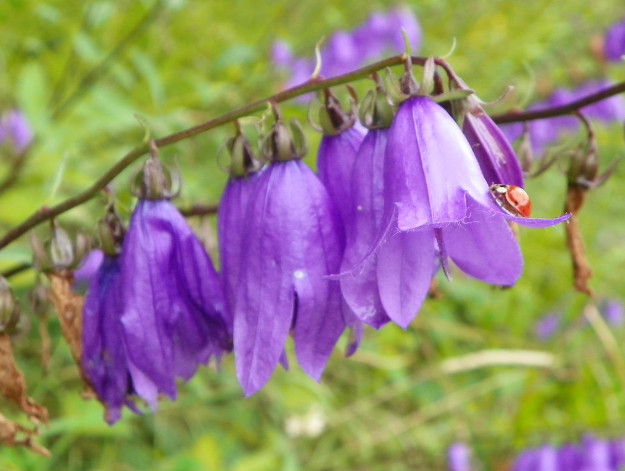

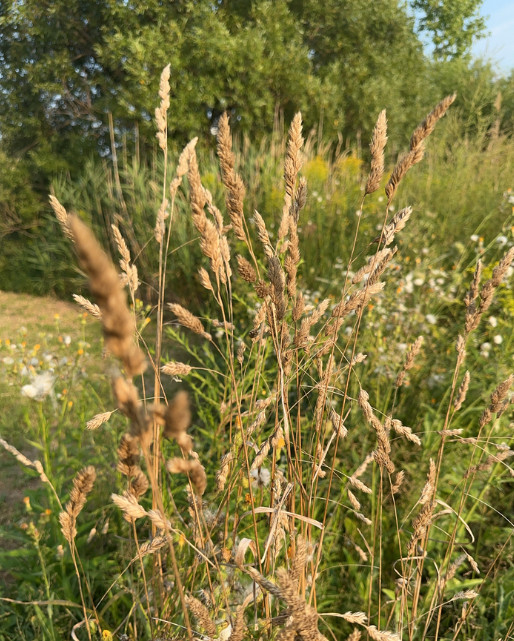
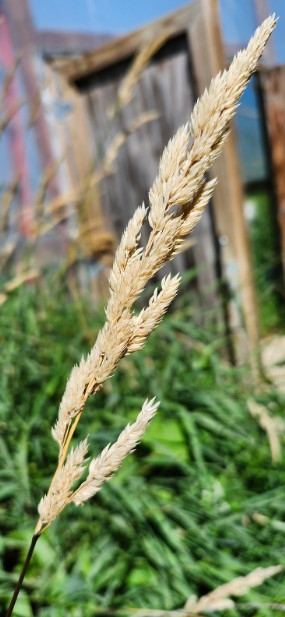
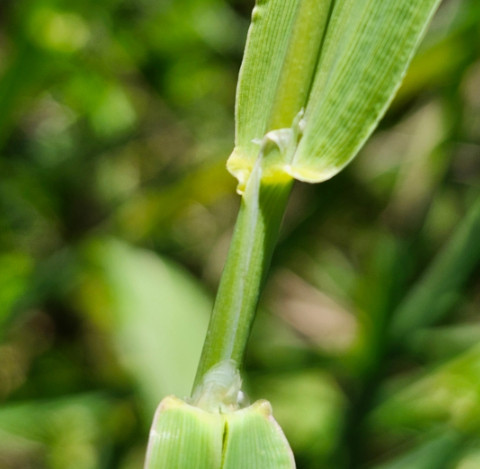
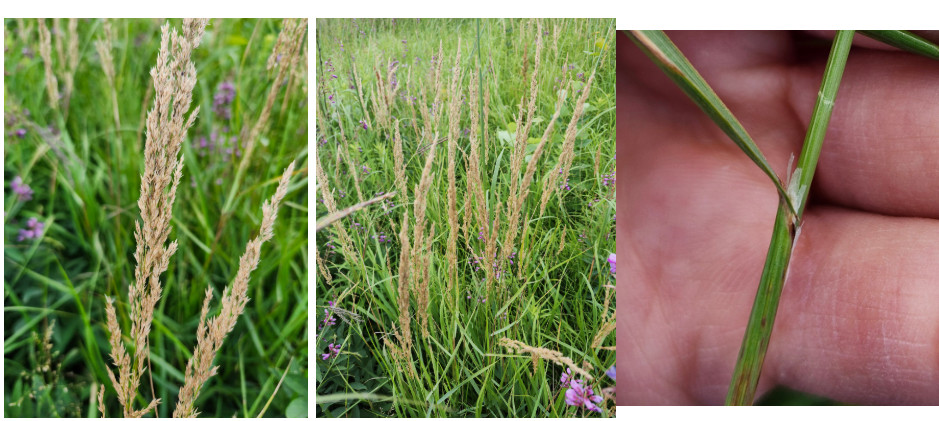
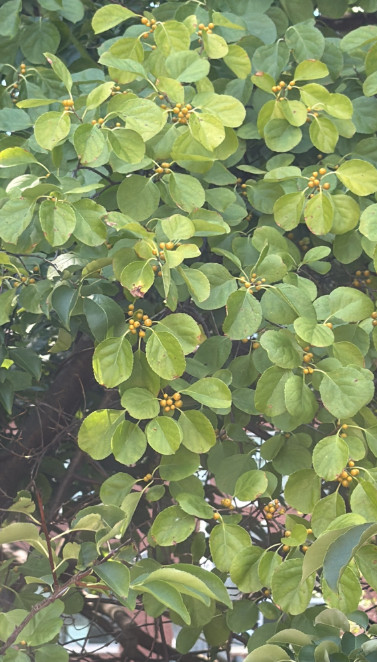
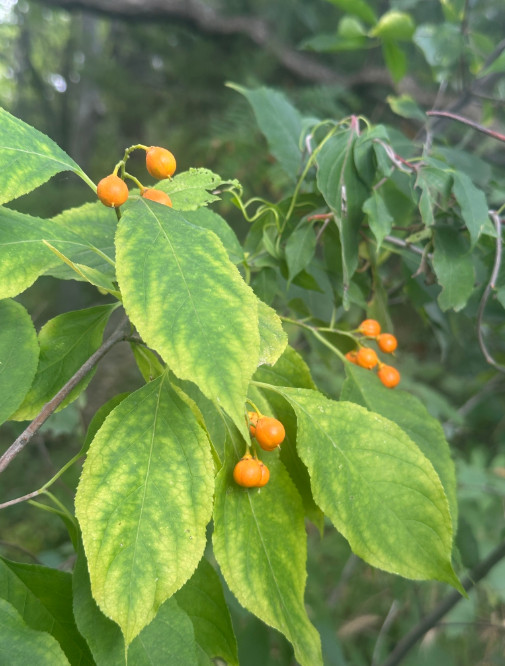


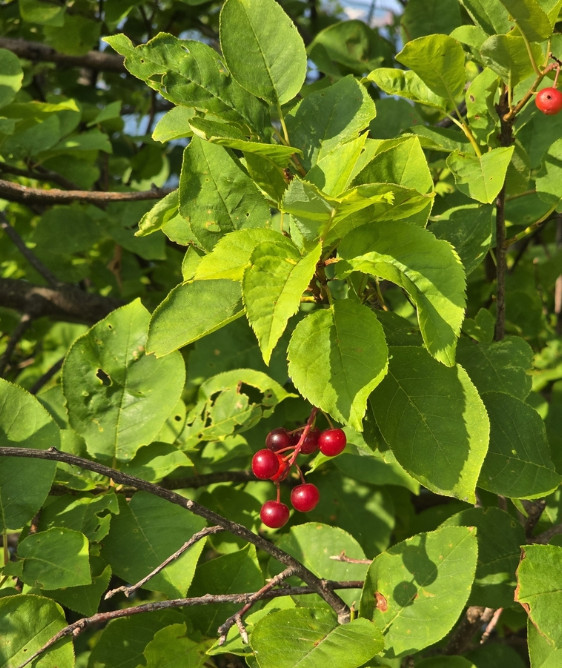

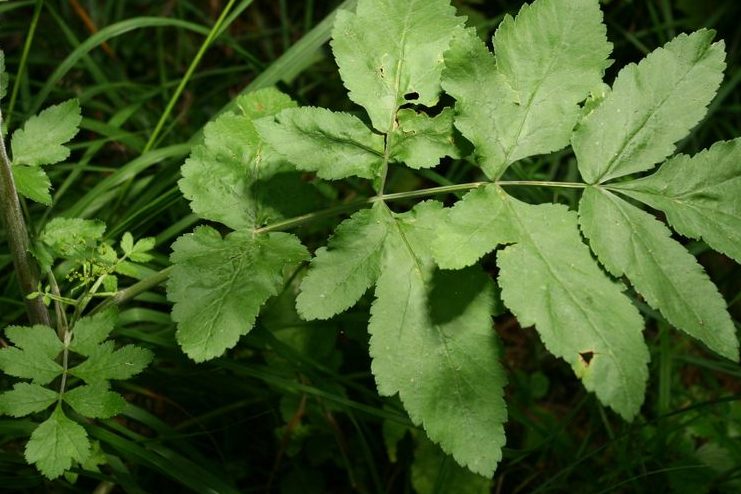

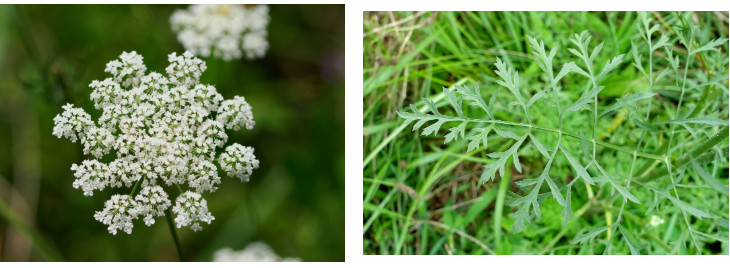
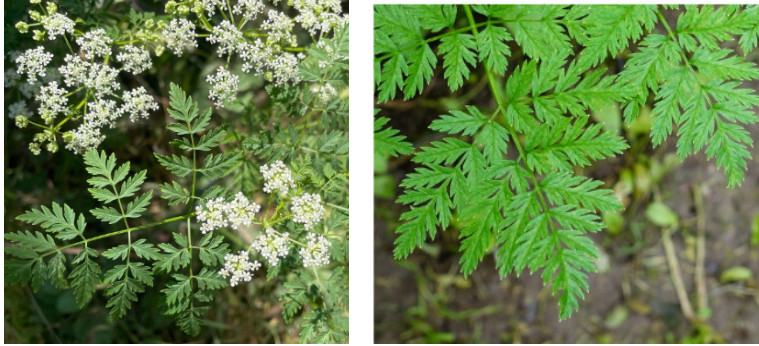
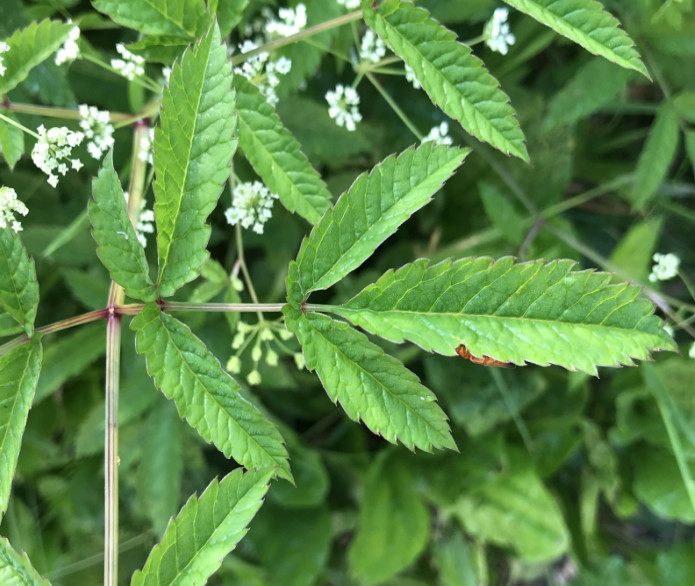
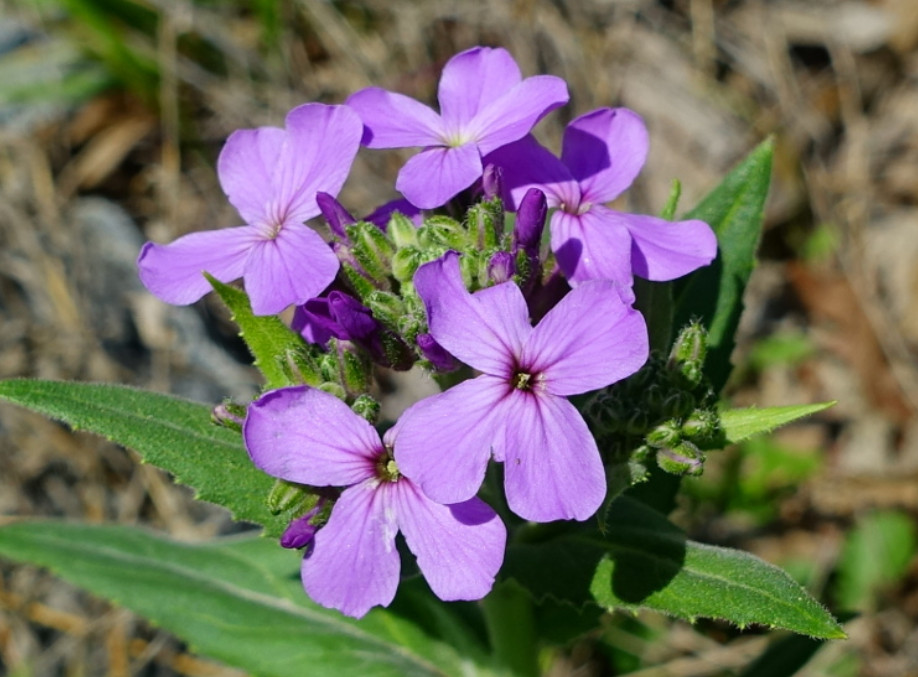
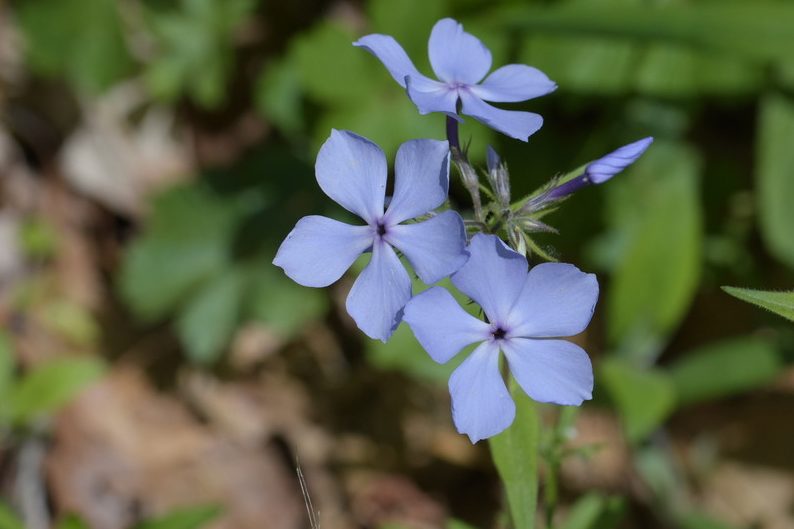

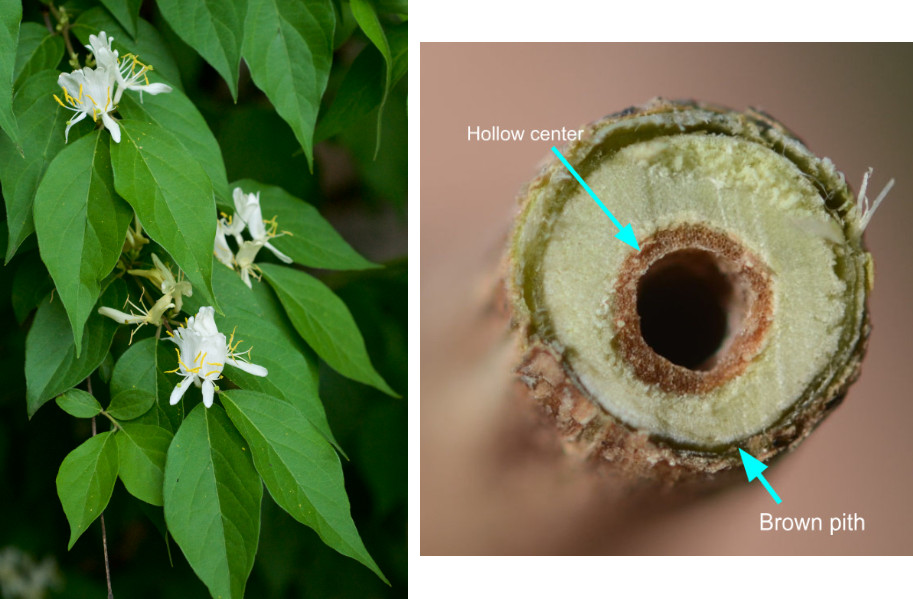
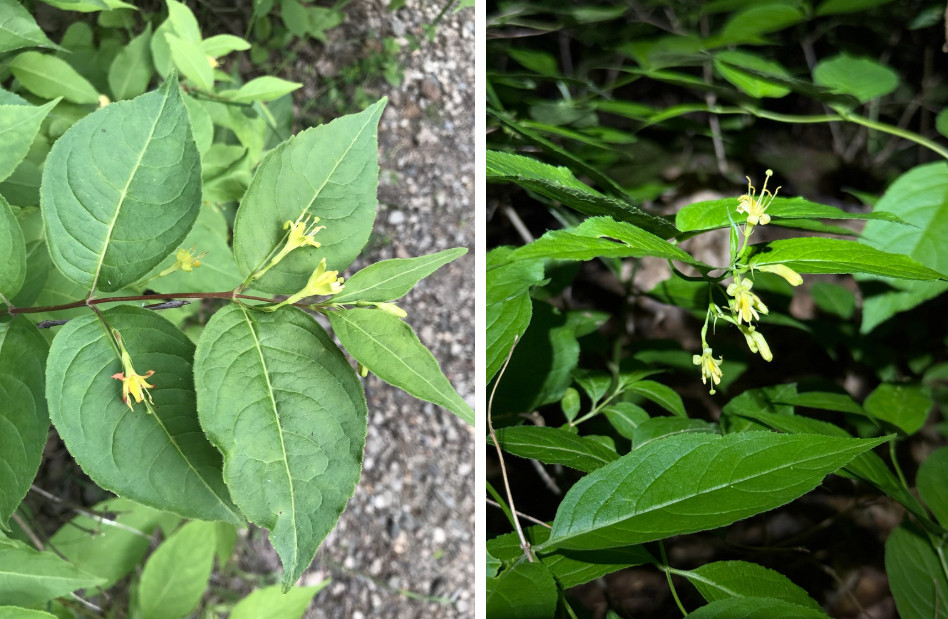
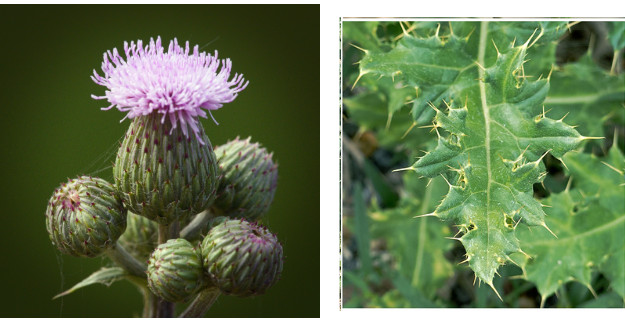
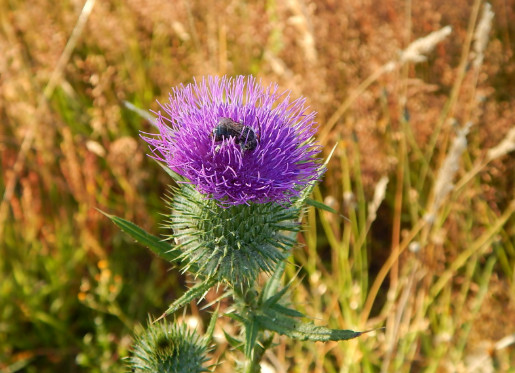

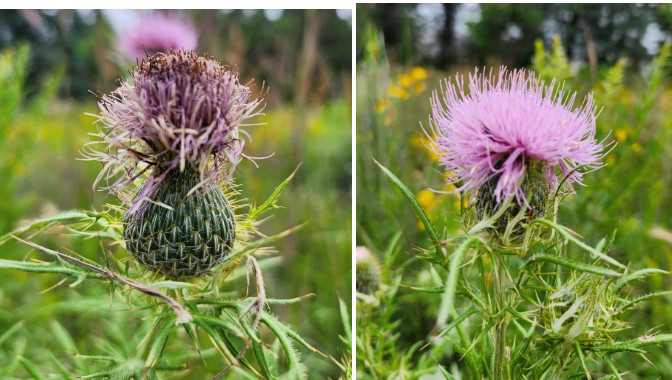
You must be logged in to post a comment.